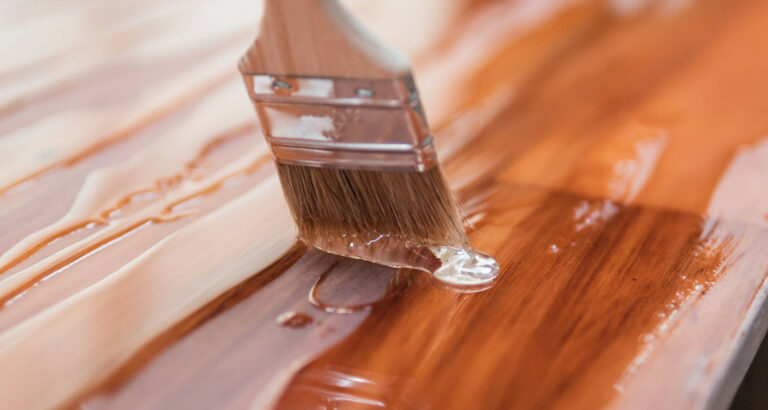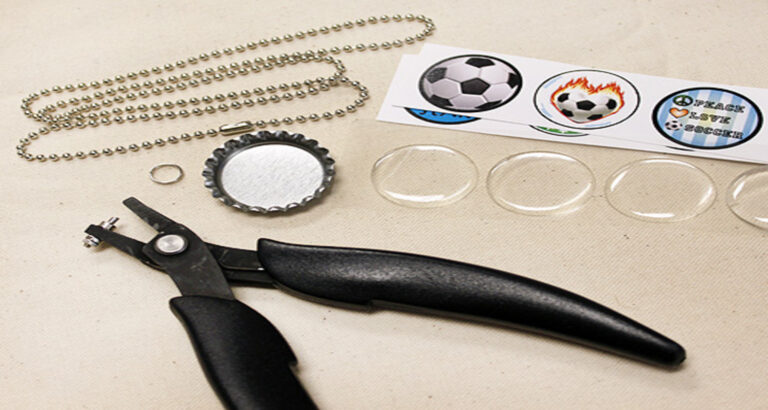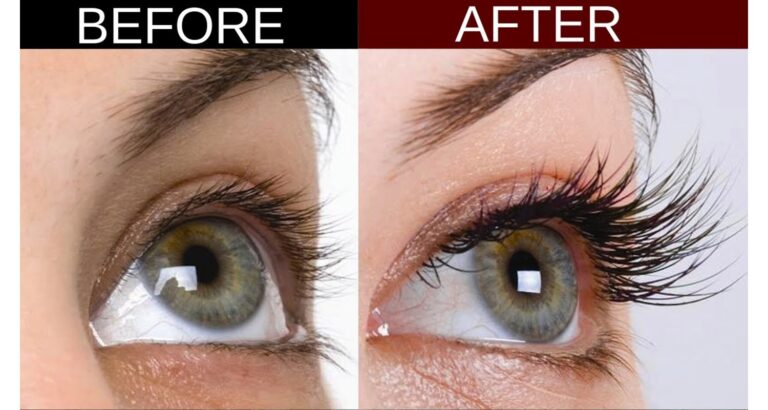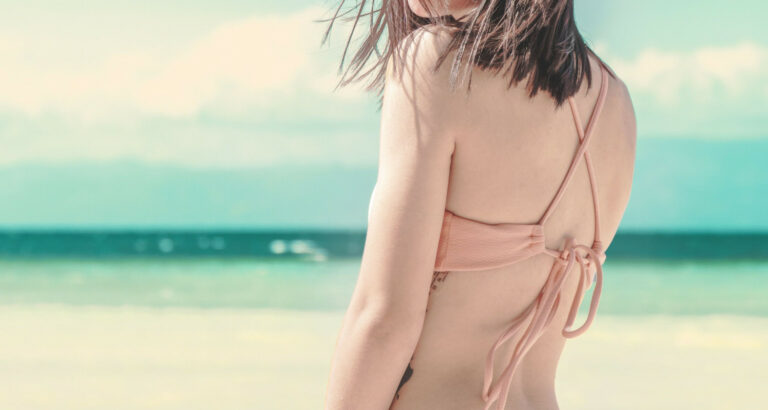Are you ready to transform blank walls into vibrant statements? This guide unleashes the thrilling world of graffiti art, providing step-by-step methods to create your masterpiece. Learn the essentials from choosing the right spray paints to mastering unique styles. Dive in to express yourself in bold, colorful ways!
To make graffiti art, start by sketching your design on paper. Choose a wall, get permission if needed, and transfer your sketch using spray paints. Layer colors for depth and add outlines for definition.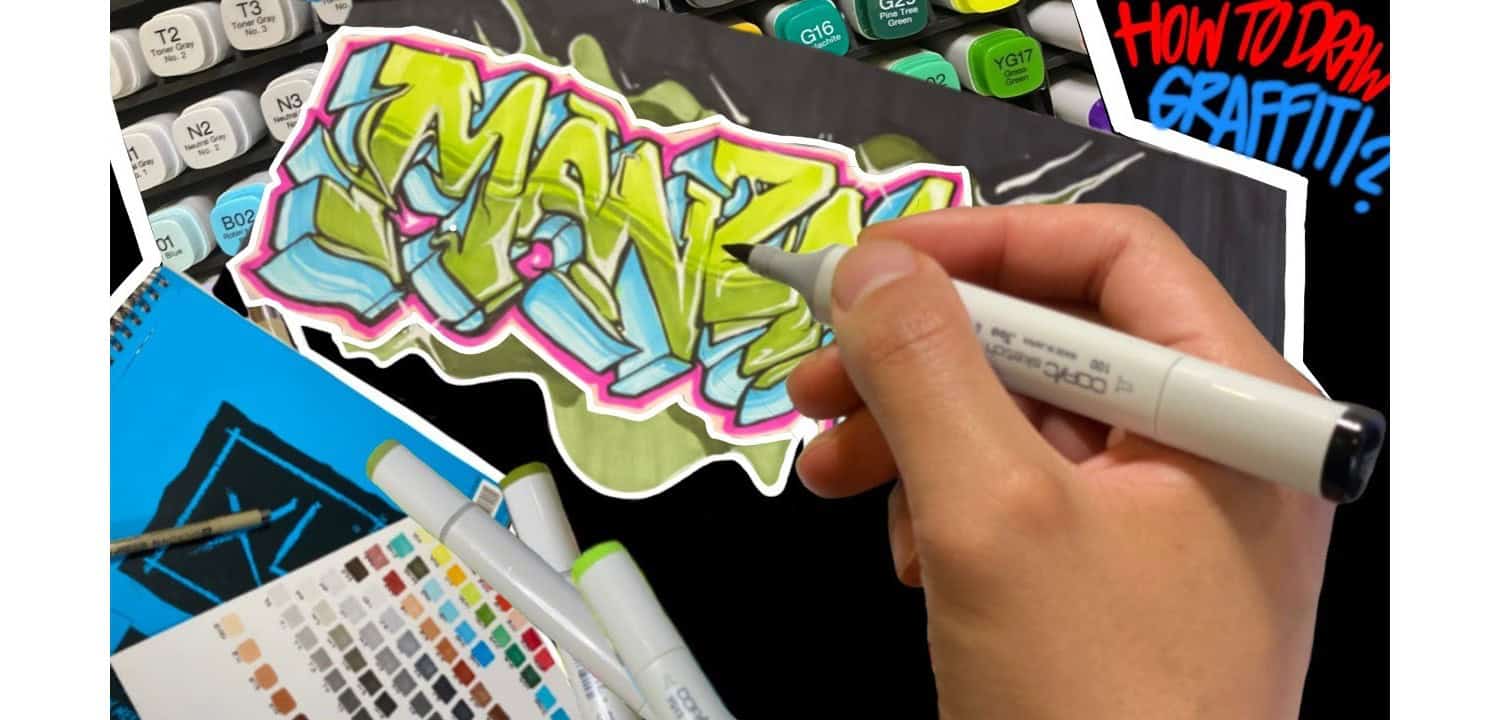
Keep reading to discover insider tips and techniques. Master the art of graffiti to turn your creative visions into stunning reality. Don’t miss out on becoming part of this dynamic art form!
Materials and Tools
Before you start your graffiti, gather the right materials. This ensures your artwork lasts and stands out.
Essential Tools
- Spray paints: The core of graffiti. Opt for high-quality, weather-resistant spray paints. They offer vibrant colors and better coverage.
- Markers: Use these for detailed work and touch-ups. Permanent markers are best as they resist fading.
- Stencils: Stencils help create precise patterns and shapes. They’re great for beginners to achieve sharp lines and complex designs quickly.
Choosing the Right Materials for Different Styles
- Freestyle: If you’re into freestyle, choose spray paints with various nozzles. This allows for different spray patterns and effects.
- Stencil Art: For stencil art, invest in adhesive and thicker materials for stencils to avoid underspray.
- Realistic: For realistic graffiti, select a range of colors and tones. Layering different shades helps add depth and realism to your work.
Remember, the choice of materials can define the finesse and appeal of your graffiti. Each style demands specific tools and techniques, so choose wisely to best express your artistic vision. Keep experimenting to find what works best for you and keeps your art vibrant and enduring.
Planning Your Artwork
Sketching and planning are crucial for standout graffiti. They transform simple ideas into impactful art.
The Importance of Sketching
- Visualize Your Concept: Sketching lets you visualize your idea before painting. It helps refine designs and plan colors.
- Error Reduction: It’s easier to erase a pencil mark than to cover up spray paint. Sketching reduces errors and enhances the final look.
Conceptualizing Ideas
- Inspiration Sources: Draw inspiration from your surroundings, emotions, or social themes. Keep a notebook for sudden bursts of ideas.
- Theme Consistency: Decide on a theme that resonates with your message. Consistent themes make your graffiti coherent and more powerful.
Choosing Locations
- Visibility and Traffic: Look for spots with high visibility to maximize impact. Busy streets or public parks are prime spots.
- Legal Considerations: Always ensure the location permits graffiti to avoid legal issues. Some cities have designated areas for street art, known as ‘Graffid zones’.
Proper planning not only streamlines the creation process but also enhances the effectiveness of your message. Take your time to sketch, plan, and choose the right location to fully bring your vision to life.
Sketching Techniques
Mastering sketching is essential for dynamic and engaging graffiti. Here’s how to build your graffiti from simple outlines to intricate designs.
Step-by-Step Guide on Sketching Graffiti
- Start with Basic Shapes: Begin with simple shapes to form the structure of your letters or design.
- Outline the Design: Once satisfied with the basic shapes, outline your design with more precision.
- Add Details: Incorporate key details like shading, texture, and patterns to bring your sketch to life.
- Refine the Sketch: Keep refining your sketch, adjusting proportions and adding complexity until you’re satisfied.
Making Letters Interact
- Overlapping Elements: Make letters overlap each other for a sense of depth and interaction.
- Varying Sizes: Play with different sizes and orientations of letters to create movement and interest.
Adding Dynamic Elements to Your Sketches
- Shadows and Highlights: Use shadows and highlights to give your letters a 3D effect, making them pop off the wall.
- Color Transitions: Plan for color transitions in your sketch to prepare for effective spray painting techniques.
Integrating these techniques will make your sketches more vibrant and ready for the final artwork. Your sketches serve as the blueprint; the more dynamic and detailed they are, the more impactful your graffiti will be. Always consider the overall flow and interaction of elements in your design to maximize its visual appeal.
From Sketch to Wall
Transferring your detailed sketch to a wall is a pivotal step in graffiti art. Here’s how to ensure your sketch accurately scales up and adapts to the wall’s surface.
Transferring Sketches to Walls
- Scale Your Design: Use a grid system to scale your sketch from paper to wall. This keeps proportions intact and guides your spray.
- Adapt to Wall Texture: Consider the texture of the wall; rough surfaces may require thicker lines and more paint, while smooth surfaces offer more precision.
Techniques for Outlining and Filling Colors
- Outlining Techniques:
- Start with Light Colors: Begin with lighter colors for the outline. This makes it easier to cover mistakes with darker colors later.
- Use Fine Nozzles: For sharper outlines, use fine nozzles. They provide better control and precision.
- Filling Colors:
- Layer Your Paint: Start with a base layer. Let it dry, then add subsequent layers. This enhances the colors’ vibrancy and durability.
- Blend Colors: Blend adjacent colors while wet to create smooth transitions and gradients.
By following these steps, your wall art will not only be a faithful representation of your sketch but will also stand the test of time. Consider the environment and lighting when choosing colors, as these factors significantly affect how your graffiti is perceived. Keep refining your techniques with every new project to continuously improve and adapt your style.
Painting Techniques
Proper painting techniques are crucial for turning your sketch into a polished piece of graffiti art. Here’s how to master the art of spray painting.
Detailed Painting Process
- Filling: Start with a solid base layer. Ensure it’s evenly applied to avoid patches. Let it dry completely before adding more layers.
- Outlining: After the base is dry, outline your design with a contrasting color. This defines and sharpens your artwork.
- Adding Details: Use finer tips for detailed work such as textures or small icons that enhance the overall effect.
Tips for Color Layering and Achieving Depth
- Gradual Layering: Apply lighter colors first, followed by darker shades. This method helps in creating an illusion of depth.
- Shadows and Highlights: Incorporate shadows beneath and highlights on top of elements to give your graffiti a three-dimensional look.
These techniques will help you create vibrant, eye-catching graffiti that stands out for its depth and precision. Practice consistently to refine your skills and bring your artistic visions to life with each new piece.
Developing Your Style
Finding your unique style is a journey that sets you apart in the graffiti community. Explore and master various styles to discover what truly resonates with you.
Guide to Different Graffiti Styles
- Wildstyle: Complex, interlocking letters with arrows, spikes, and curves. It’s visually intense and highly stylized.
- Throw-ups: Simple, bubble-like letters designed for quick execution. They’re usually two-toned.
- Stencil Art: Uses pre-cut templates for rapid and repeatable designs. Great for delivering clear and powerful messages.
Experiment with different materials, techniques, and scales. Each style offers unique challenges and rewards. Don’t be afraid to mix elements from different styles to create something truly unique. Your personal style will evolve as you engage with the community and reflect on your artistic goals and experiences.
Graffiti and the Law
Understanding the legal landscape is essential for any graffiti artist. Practicing responsibly ensures that your art contributes positively to the community.
Legal Implications
- Permission: Always seek permission from property owners before painting. Unauthorized graffiti can lead to fines or legal action.
- Public Spaces: Some cities have designated areas or “Graffid zones” where artists can legally create graffiti. Research your local regulations.
Practicing graffiti responsibly not only protects you legally but also respects the community and property owners. Make sure to stay informed about local laws and always opt for legal avenues to display your work.
Engaging with the Community
Connecting with other graffiti artists can enrich your skills and expand your artistic horizons.
How to Connect
- Local Communities: Join local art collectives or attend city council meetings to find out about legal art spaces.
- Online Platforms: Participate in forums and social media groups dedicated to graffiti.
Benefits of Participation
- Graffiti Jams and Festivals: These events are fantastic for networking, learning new techniques, and showcasing your art. They promote a sense of community and mutual respect among artists.
Engagement with the graffiti community brings inspiration and growth. It offers opportunities to collaborate on larger projects and gain recognition in the art world.
FAQ Section
How much does graffiti removal cost?
The cost of graffiti removal can vary widely based on factors such as the graffiti's size and the materials used. Prices may range from a few hundred to several thousand dollars .
How much to hire a graffiti artist?
Hiring a graffiti artist can cost from a few hundred to several thousand dollars, depending on the artist's experience and the project's scope (Graffid) .
How to find graffiti artists in your area?
To find local graffiti artists, you can search online platforms like Google and social media, explore local art scenes, or inquire at galleries. Asking for personal recommendations can also be effective (Graffid) .
How to hire a graffiti artist?
Start by defining your project's needs and budget. Look for artists online or through local networks, then discuss your project and negotiate terms. Reviewing the artist's past work and securing a written agreement is advisable (Graffid) .
Conclusion
Graffiti art combines creativity with a spirit of rebellion, occupying a unique niche between public expression and private artistry. Whether you’re a budding artist learning to sketch or a seasoned painter mastering sprays, the journey of graffiti offers endless possibilities for personal and communal expression. Remember, while exploring this vibrant art form, consider its legal aspects and community impacts. Share your graffiti experiences and join the dialogue to enrich our understanding of this dynamic art culture.

I am Sammy and I blog at Live it. Love it. Make it. It is creative lifestyle blog run by best friends H and Sammy. Head over and follow our crafty adventures!


